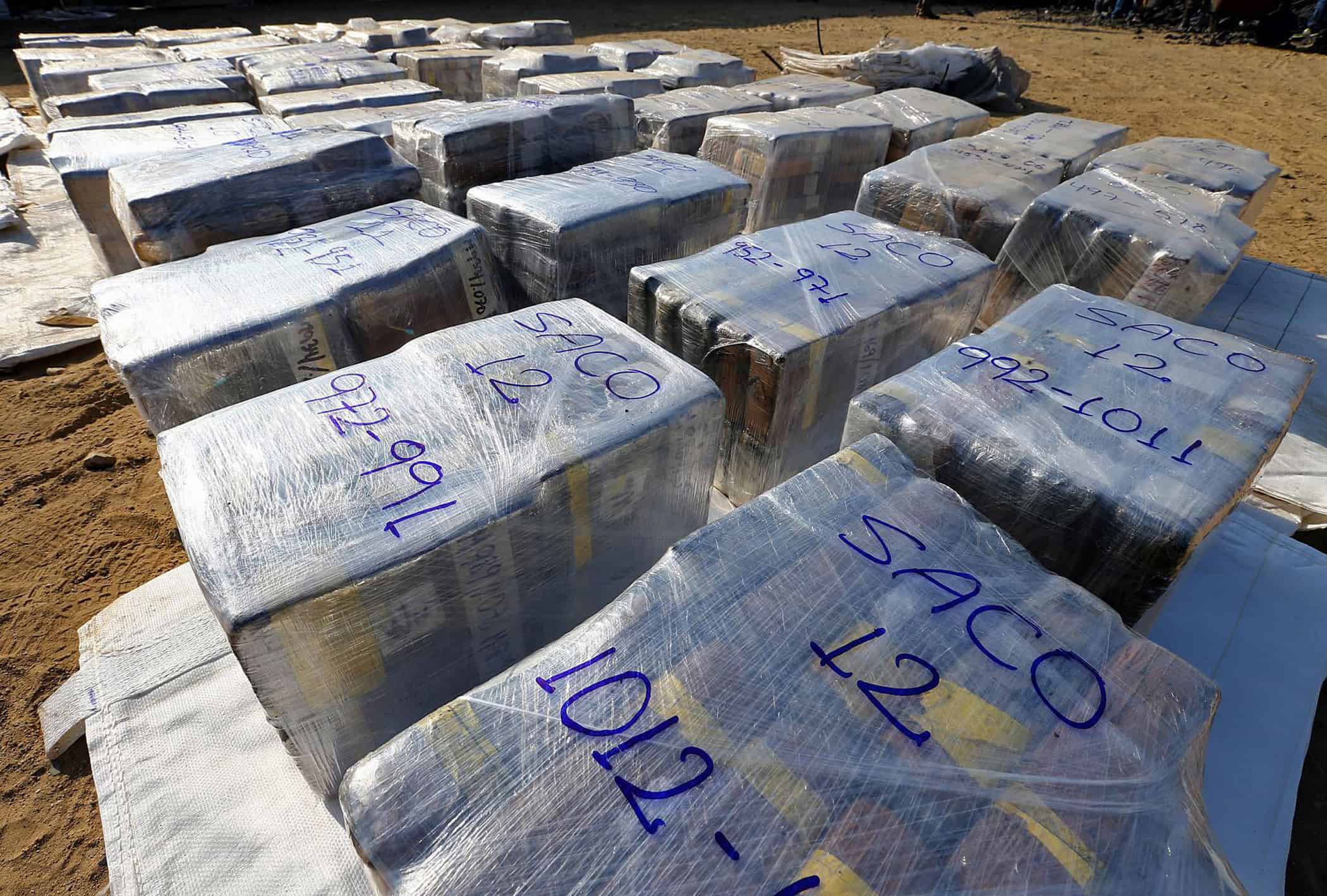Costa Rica’s recent drug busts, with tons of cocaine and marijuana seized across the country, shine a harsh light on its deepening role in global drug trafficking. What was once a quiet transit point has morphed into a key warehouse for international cartels, fueled by the country’s geography and strained police resources. The Judicial Investigation Agency (OIJ) and Public Security Ministry warn that these massive seizures are only scratching the surface of a much larger problem.
Michael Soto, OIJ’s deputy director, says this isn’t a new issue. “Costa Rica’s location, smack between South American cocaine producers and big markets like the U.S. and Europe, makes us a natural hub for distribution,” he said. The country sits in the heart of a trafficking corridor, with cartels exploiting its position to store and move drugs. But geography isn’t the only factor. Soto points to a lack of resources across police forces, leaving borders and coasts vulnerable. “We struggle to protect our territory, and that weakness lets criminal groups set up warehouses here,” he added.
Public Security Minister Mario Zamora explains how this shift happened. Decades ago, cartels used Costa Rica mainly for logistical support—refueling boats or stocking food for drug runs. Now, they’ve turned the country into a storage hub. “Traffickers break up their routes to dodge controls, using Costa Rica as a collection point,” Zamora said. This strategy, common across Central America, has worked well here, with cartels stashing drugs in remote warehouses before shipping them north or across the Atlantic.
The numbers tell a grim story. In 2024 alone, Costa Rica seized over 70 tons of drugs, mostly cocaine and Colombian marijuana, according to OIJ reports. While much of the cocaine is bound for export, Soto notes a troubling rise in local processing and consumption. “Marijuana use has spiked significantly, and we’re seeing more cocaine stay in the country too,” he said. This growing domestic market adds another layer to the challenge, as cartels find Costa Rica not just a warehouse but a profitable side market.
Zamora and Soto both stress that the problem isn’t just about drugs passing through. Cartels have embedded themselves, exploiting weak spots like underfunded coast guards and porous borders. International reports note that Central America’s role as a drug corridor has only grown, with Costa Rica as a prime example.
The government is pushing back, with OIJ coordinating with U.S. and European agencies to track shipments and dismantle networks. But without more funding and manpower, the cartels’ grip tightens.








